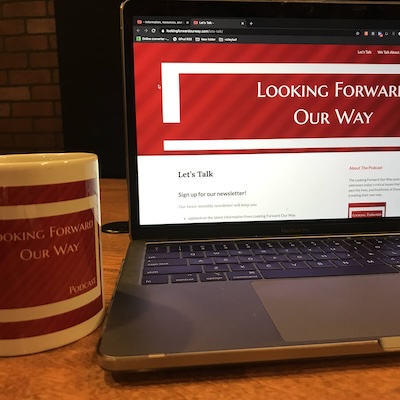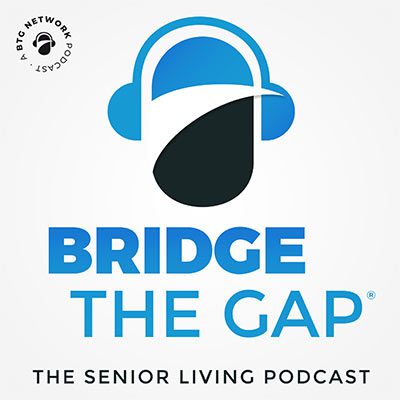Onboard New Employees More Effectively with These Tips
The first day for a new employee can be both exciting and nerve-wracking. It’s always interesting when you’re entering a new workplace and getting set up in a new role. The onboarding process is important not just for the employee, but also for the rest of the organization. If you don’t get them off to a good start, it could spell bad news for the rest of their time with the company. Fortunately, there are plenty of steps you can take to ensure an effective and efficient onboarding process that benefits everyone. By streamlining your onboarding of new employees, you can make sure that they’re happy and that their managers and coworkers are too.
Take a look at these tips to create a more effective employee onboarding process that delivers everything you need.
Know What to Include
The first thing you need to do is think about what needs to be included in your onboarding process. There are various types of training or things you will need to introduce to your new employee to ensure they’re ready to get started. Your onboarding process might include compliance training, health and safety training, job-specific training, learning about the company culture, and getting to grips with the tools, equipment and technology the employee will be using day to day. Defining what needs to go into your onboarding process will help you get started with streamlining it.
Start Before the First Day
You don’t need to wait until your employee’s first day to get started with onboarding. A number of “pre-boarding” tasks can be completed before them so that some things are set up and ready to go when their first day arrives. This can include filling in forms, giving them a copy of the employee handbook, or making sure they know what to bring with them and expect on their first day. You can show your new employee that you’re on the ball and save time on the first day by giving them a chance to complete important paperwork.
Use the Best Tools
It’s always essential to check that you’re using the best tools for any process. When you’re onboarding new employees, you need tools that help you to speed things up and both collect and convey accurate information. One of the best tools you can have is an LMS or learning management system. Delivering training is an important part of onboarding new employees, and an LMS will help you to ensure you get it right. You will definitely want to make sure your HR department has the right tools to collect essential information about new employees and keep their data secure.
Include a Tour and Introductions
If you’ve sent your new employee all of their paperwork prior to their first day, you’ll have more time to actually engage them when they arrive. When they don’t need to sit and fill out forms, you can give them a tour and make sure they’re introduced to key people. Before they start, check that you have appointed someone to show them around and answer their questions. It’s a good idea to arrange a meeting with their manager so they have a chance to get to know them and discuss any important concerns.
Get Them Set Up
Getting a new employee set up at their workspace is one of the most important things you will need to do. There might not be a lot of time for them to get work done on their first day, but they will need to get comfortable and start getting familiar with the systems and tools they will be using. Making sure they can set up their computer, log in, and operate the key tools involved in their day-to-day work will help them to start settling in properly. Some people may need some assistance, while others can be happy to work it out for themselves.
Schedule a Follow-Up
Employee onboarding doesn’t end on the first day. It’s also necessary to follow up with your new employee to check that they’re settling in. Scheduling a follow-up gives you the chance to ask how they’re getting on and iron out any issues. Set up a meeting with their manager after their first week or so to give them an opportunity to ask questions, clarify anything they need help with, and discuss how they’re liking the role so far.
Make your onboarding process more effective by incorporating these tips into how you do things. Better onboarding helps to create a better employee experience.
Originally Published on https://www.breakfastleadership.com/





























Already a Member? Login Here.
Not Yet a Member? Join the Conversation Today!